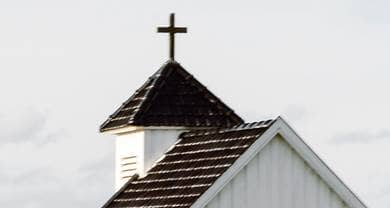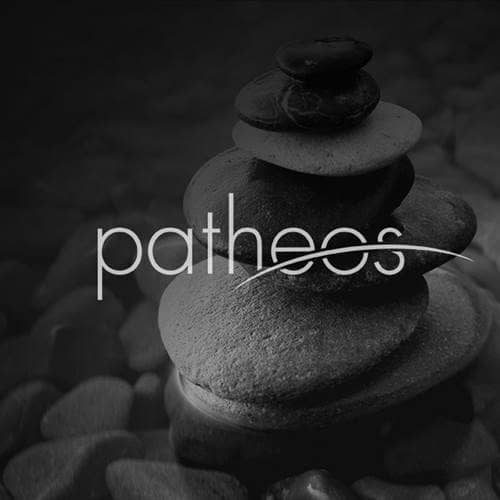- Trending:
- Forgiveness
- |
- Resurrection
- |
- Joy
- |
- Afterlife

RELIGION LIBRARY
Methodist
Sacred Space
Space for Methodists, as for most Protestants, is less differentiated into sacred/profane than in some other traditions. There is no temple at which sacrifices must be performed, nor is there a region of the world where the divine is more present than in other regions. In part this is because Christians in general believe that God (especially, on earth, as the Holy Spirit) is equally present everywhere. In part this is because Protestants emphasize preaching and the sacraments over other possible means of receiving God's grace (such as icons or mediation by a priest in a special place, for example). In part this is because of a complicated shift in western culture and philosophy and science in the 16th through the 18th centuries that affects all western religious traditions and that makes differences in space (and time) seem less plausible to people.
That said, the Methodist (and Protestant) emphasis on preaching and the sacraments has influenced the architecture of churches. Methodists often experience these buildings and the sanctuaries within them as being more holy (in the sense of set apart from the everyday world for contact with the divine) than other places.
Because Methodism was intended as a renewal movement within the Anglican Church, it did not originally have separate buildings. Methodists typically preached in the open air, or in Anglican pulpits when allowed, and met in private homes. Wesley did purchase and later build facilities for society meetings. Following the American Revolutionary war, when Methodism became a separate denomination in the United States, Methodists began building their own worship structures. At first these were relatively simple meeting houses.
As Methodists grew in affluence, their churches became more elaborate. In the early and middle 20th century a "Romantic" movement swept many American churches. This movement saw the Middle Ages as the age of faith. Many gothic churches were built, and later Georgian churches, for aesthetic reasons but also on the theory that more impressive places of worship would attract more members. By the time the United Methodist Church was formed in 1968, gothic churches were too expensive, and aesthetic tastes in the United States had changed.
Methodist Churches do not differ greatly from other Protestant churches. The physical set up of Methodist worship space is strongly influenced by the twin emphases of worship: preaching the word (from scripture) and receiving the sacraments. A typical church will have a narthex, which is a vestibule or hallway between the outside of the building and the sanctuary, or main worship hall. The main worship hall, often called a sanctuary, has a nave, which is the area in which the congregation sits, and a raised chancel up front. The building itself is sometimes shaped like a cross, and Methodists sometimes refer to the chancel end of the sanctuary as "east," the back of the nave as "west," and either side as north and south, whether or not the church is actually laid out on these compass points. This is the result of a long tradition in (European) church building in which the chancel (and in it the altar table) faces east (toward Jerusalem, or toward the sunrise, symbolizing the resurrection).
In the chancel one typically finds a table for the sacrament of communion (whether or not it is called an "altar" has been controversial at some points in Methodist history), a baptismal font, and a pulpit in which the preacher stands to deliver the sermon. Often there is a "communion" or "altar rail" around the chancel, at which people can kneel to pray or receive communion. In the 19th century the pulpit was usually in the center of the chancel. In the 20th century a "divided chancel" became common, with the table or altar in the center against the east wall, the pulpit on one side, and a lectern (for scripture reading) on the other. More recent architecture is varied, but often has a free-standing table in the center, the pulpit on one side, and the baptismal font or lectern on the other.
Sacred Space:Study Questions:
1. How does Methodism's understanding of God eliminate the need for sacred space?
2. Why are sanctuaries considered holy?
3. What was the role of churches in early Methodism? In contemporary Methodism?
4. Describe the common architecture of the Methodist Church.










